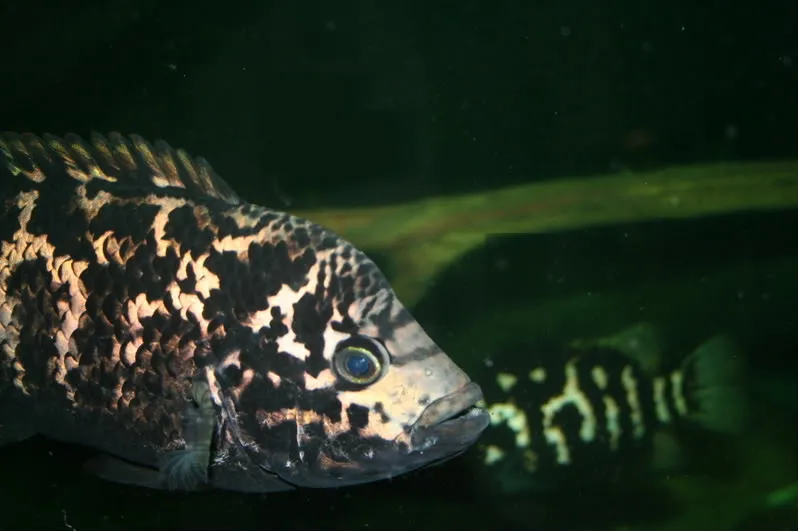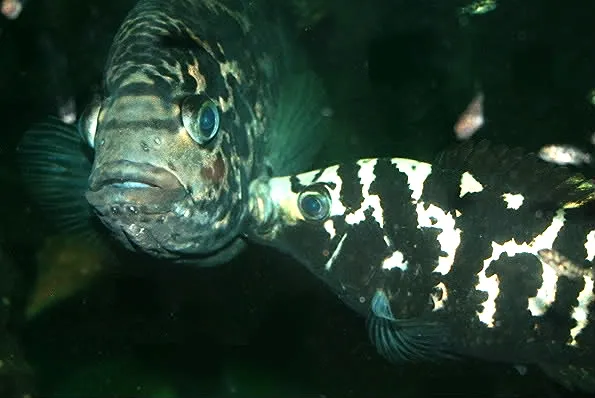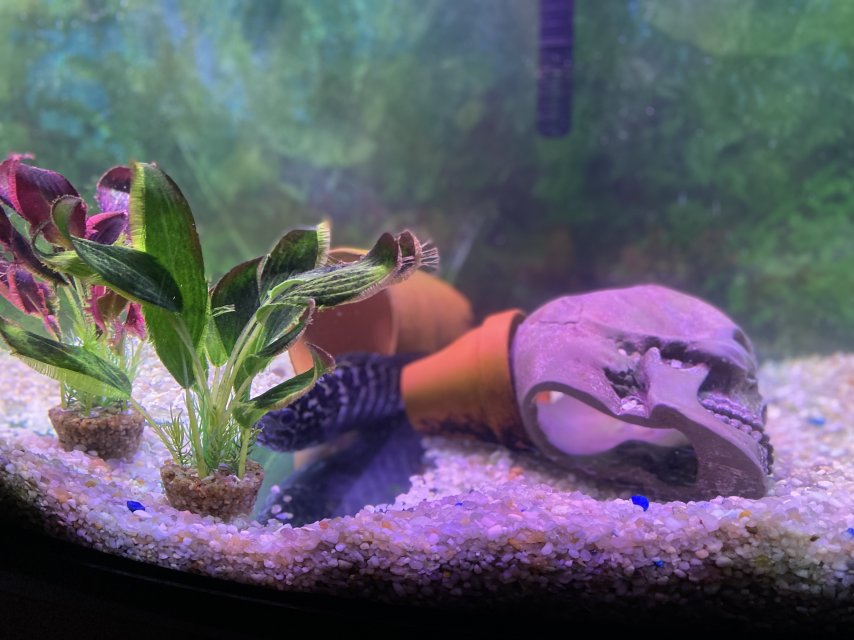Multi-cellular parasites, don´t just appear, they are imported, in feeders, from other fish brought to the tank, raw shrimp or fresh fish from a grocery store, new plants, etc etc, they don´t just appear from out of nowhere.
Bacteria, on the other hand can seemingly appear from out of the blue, but are also usually imported, although if water quality is maintaned properly, even they are not problematic.
To me they are more like young Parachromis, that half grown they are afraid of otherthing.
I´ve even had young dovii that jump at the least sound or movement, and don´t become bold until big enough to fight off anything but a 5 ft caiman
I have kept many tetracanthus, and they are bold at full size, .....but.....at have size, they are prime food for predatory birds, reptiles, and large fish, so can be very wary.
I would not expect them to be gregarious over white , or light colored sand where they stick out like beacon to predators (instinctual), and/or without plenty of natural cover such as floating plants, lots of sunkenlogs etc.
Similar to the places you might find them in nature.


As you can see, by the dark pics,I also kept them under subdued lighting, covering all but the front panel with blackened stryrofoam covers.









